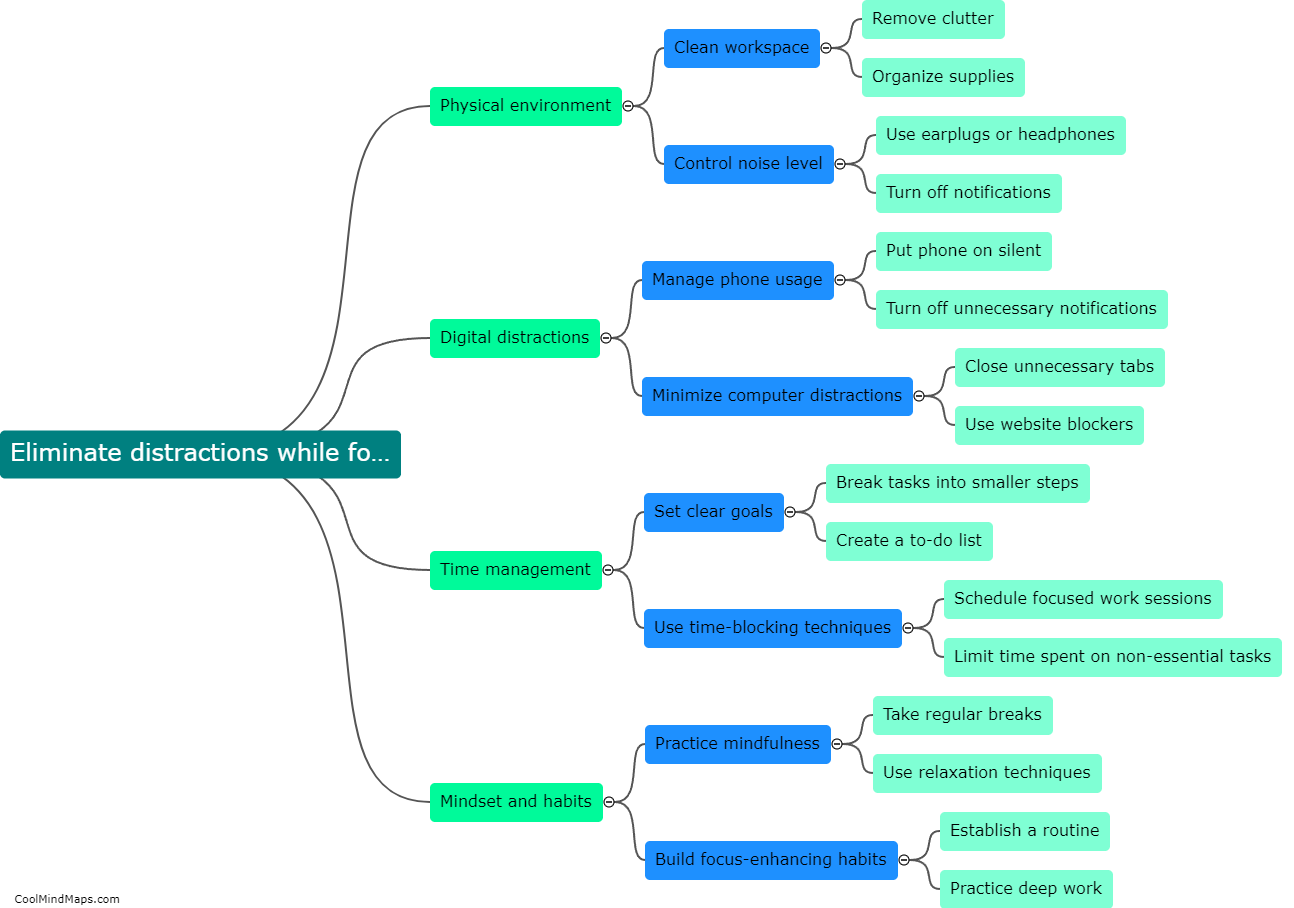What are the advantages and disadvantages of classical conditioning?
Classical conditioning is a type of learning that involves associating a neutral stimulus with an involuntary response through repeated pairing. One advantage of classical conditioning is its ability to create new behaviors and responses. For example, it has been used effectively in therapies such as exposure therapy to treat phobias and anxiety disorders. Additionally, it helps in understanding the physiological and psychological processes underlying many behaviors. However, classical conditioning also has its disadvantages. One major limitation is that it does not account for complex cognitive processes and conscious decision-making. Furthermore, conditioned responses can sometimes be difficult to generalize to different situations, making the learning less flexible. Additionally, classical conditioning can result in unwanted or negative associations, leading to the formation of fears or aversions. Overall, while classical conditioning has its benefits, it is essential to consider its limitations and potential drawbacks.

This mind map was published on 8 November 2023 and has been viewed 102 times.











